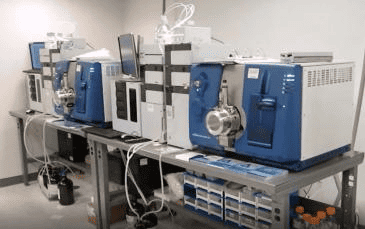There are many tips for relocating a laboratory to a new location. The first step is to determine if where your laboratory is located is an outdated facility. If you have an old lab, you may find that your lease has expired or is not renewed. Other things to consider include the amount of space you need, the distance from major routes, and the costs of electricity, gas, and water. Many laboratories are very large and can accommodate either a research environment or a general operating environment (such as classrooms, meeting rooms, and administrative offices). For help with Lab Relocation Services, visit a site like APORTGLOBAL Lab Relocation Services
Next, you will need to decide what equipment to purchase or lease for your new laboratory. You will need a few different types of equipment, including machinery for analysis, microscopy, imaging, and instrumentation for DNA or genetic analysis, for example. Finally, you will need to find appropriate laboratory furniture, depending on your research needs. Some people choose to rent office chairs, desks, or computer tables, while others prefer to have a laboratory room with a private lab table.
You will need to take your time in the relocation process. It is important to consider the equipment you want to move and the space you have available, as well as the budget that you have to work with. You should also carefully consider any problems that may come up during the relocation process, such as the availability of utilities, or the availability of qualified staff, in order to avoid a disruption of work and jeopardize the safety of your laboratory.


